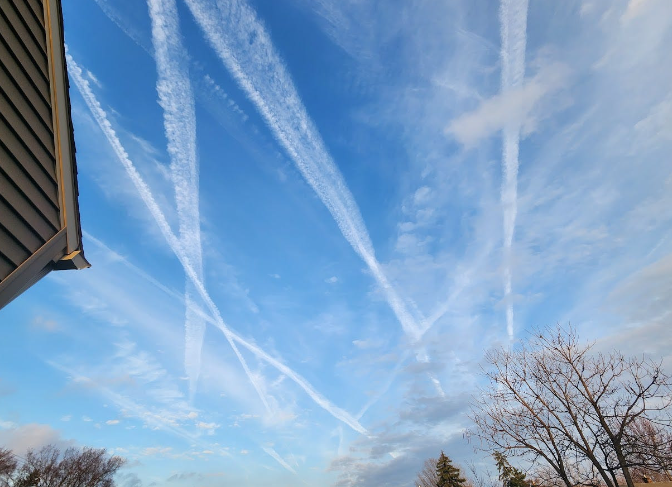In a recent podcast episode that delves into the intricate subject of geoengineering, investigative journalist Jim Lee shares his insights on the scientific, ethical, and geopolitical complexities surrounding the attempts to control weather patterns and intervene in our climate system.
The conversation kicks off with an exploration of the term geoengineering itself, which has often been misused to cover a range of climate intervention strategies. Jim breaks it down into distinct categories, including weather modification, space weather modification, and geoengineering, highlighting their specific goals and methodologies. He touches on historical volcanic eruptions that influenced climate, leading to the current scientific discourse on strategies like carbon capture and solar radiation management, which aim to cool the planet by reflecting sunlight.
The episode then tackles the nuances of geoengineering techniques, stirring the pot of controversy surrounding them. From the visual phenomenon of ‘chemtrails’ versus contrails to rogue projects like ocean iron fertilization, the discussion traverses the science of cloud condensation nuclei, the role of aerosols, and the significant atmospheric impact of human activities, such as space shuttle launches. It challenges listeners to question the underlying science and the motivations driving geoengineering endeavors.
A critical part of the dialogue centers on solar radiation modification, spotlighting a report from the White House and the shift in terminology from ‘management’ to ‘modification.’ This chapter examines the implications of using metallic particles in aircraft emissions to affect cloud formation and climate patterns, raising concerns about environmental and health risks. The notion of cirrus cloud climate dials as a means of temperature control underscores the significance of understanding both the scientific foundations and policy implications of these methods.
Geoengineering’s intersection with geopolitics is brought into sharp focus, examining figures like John Brennan and Bill Gates, and their influence on funding and supporting climate intervention research. The discussion probes into the historical and current potential for weather modification to be weaponized, considering international regulations and the controversial role of the CIA.
The episode also does not shy away from confronting conspiracy theories surrounding geoengineering, addressing the impact of various chemicals potentially dispersed in the atmosphere and the public’s right to transparency. Jim Lee’s direct engagement with skeptics and his proactive stance against confirmation bias is highlighted, especially in relation to his EPA speech on aircraft pollution.
Throughout the podcast, Jim Lee encourages a critical examination of geoengineering, advocating for informed debate on the direction of our planet’s climatic future. His expertise illuminates the hidden forces behind climate engineering, offering a nuanced perspective that urges listeners to challenge their preconceived notions and become more discerning observers of the world’s changing weather patterns.
The episode is not just an exploration of the scientific underpinnings of geoengineering but also a clarion call for greater public engagement and discourse on the ethics and implications of manipulating the Earth’s climate system. With climate change continuing to be a pressing global issue, understanding the role and potential impact of geoengineering is crucial for shaping our collective future.
In conclusion, this podcast episode with Jim Lee is a treasure trove of information for anyone interested in the environment, climate change, and the ethical boundaries of human intervention in natural processes. It offers a comprehensive look at the perils and promises of geoengineering, fostering a much-needed dialogue on this contentious topic.







